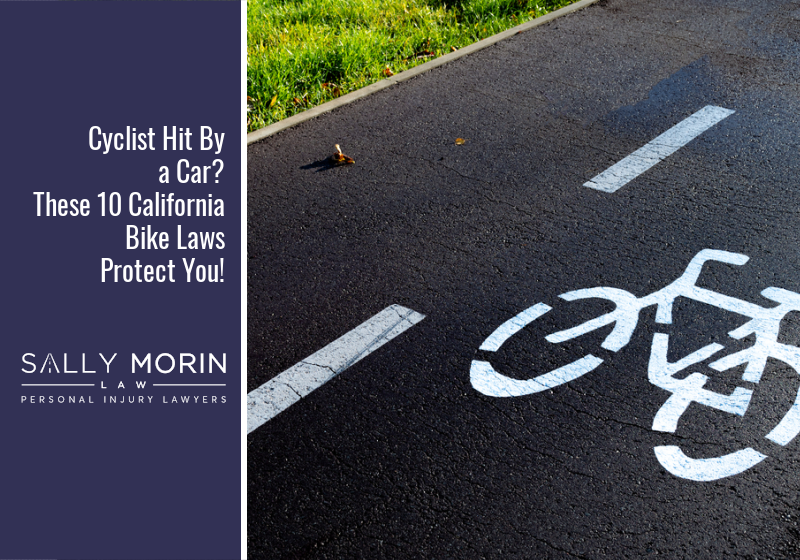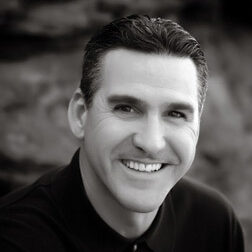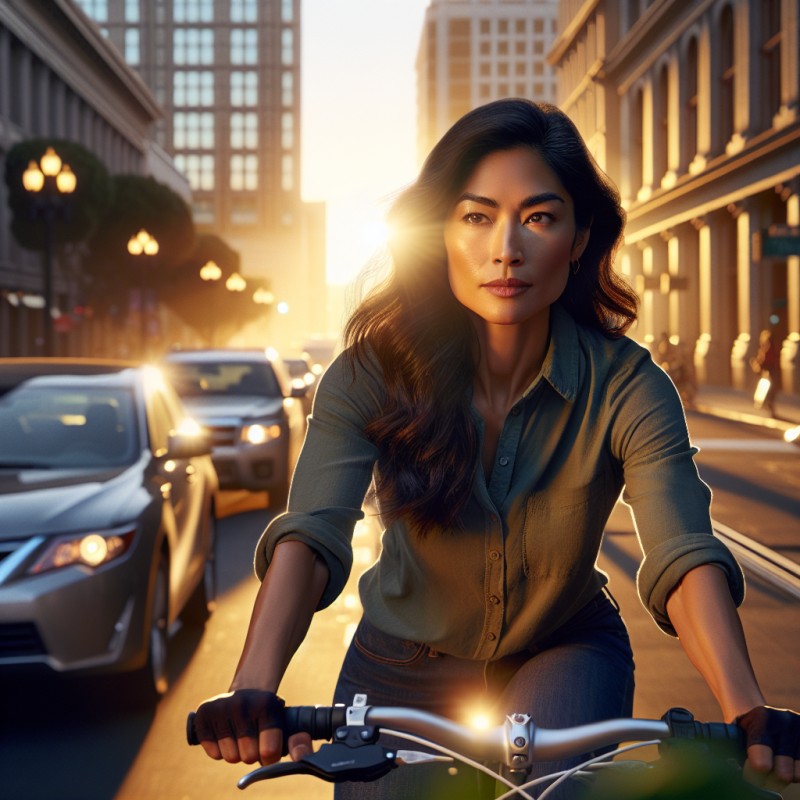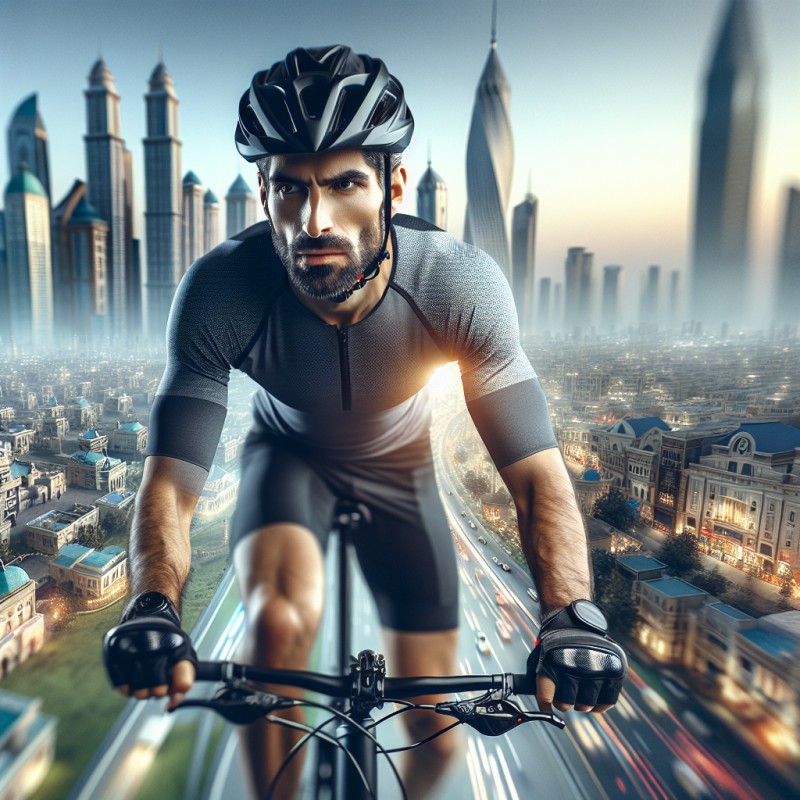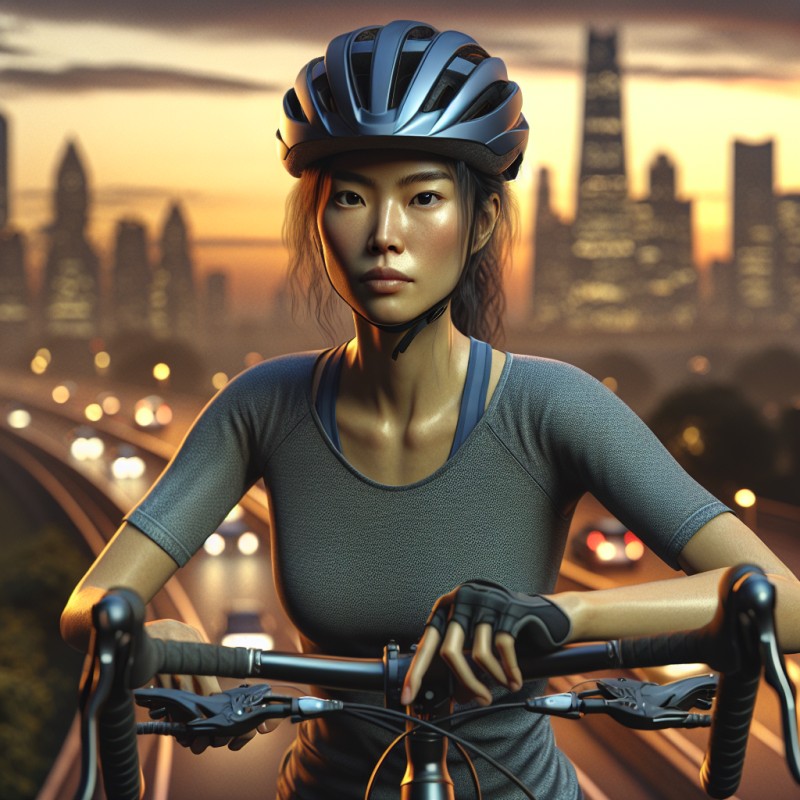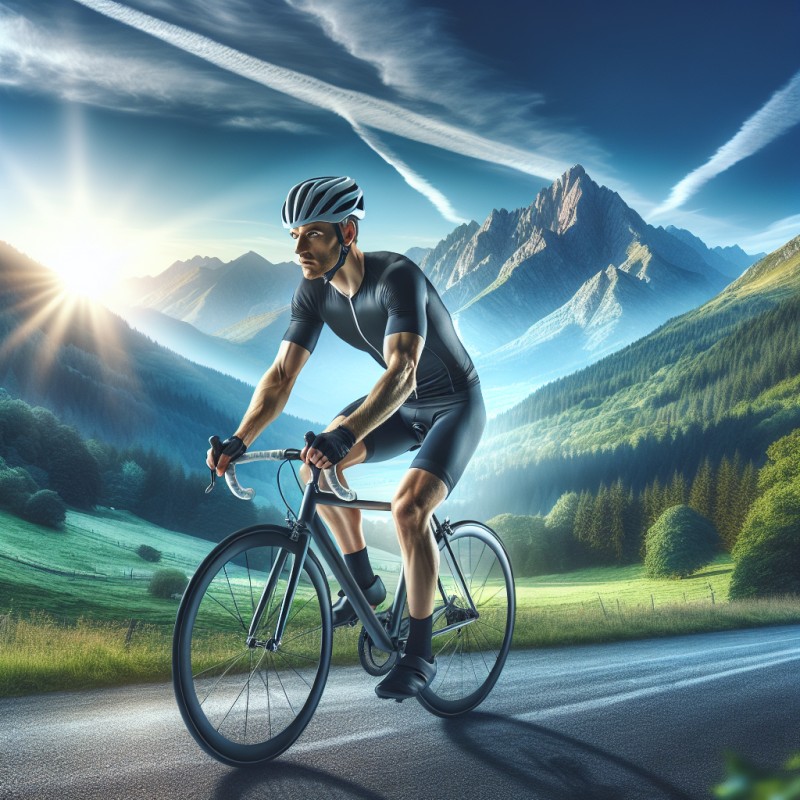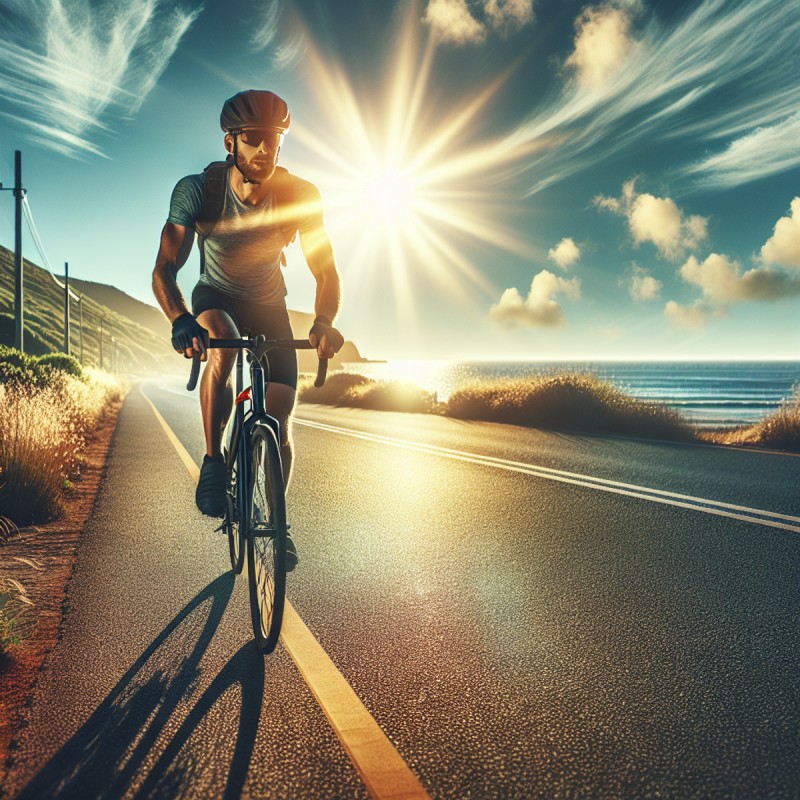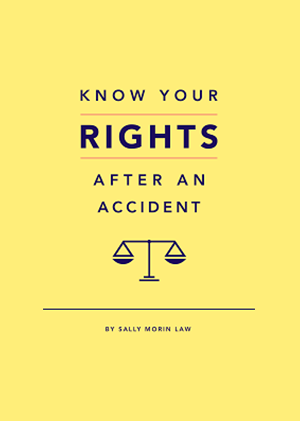For a cyclist, being hit by a car is an absolute nightmare. But here’s a bit of good news. A California bicycle injury attorney can help you put the state’s bike laws to work for you.
California has some of the most progressive and protective bicycle-related laws in the nation. When a car hits you, there’s a good chance its driver was negligent and can be held responsible for paying your medical bills, bike repair costs, and more.
Here are 10 laws set forth in the California Vehicle Code, plus some local ordinances that may apply to your motorist-vs.-cyclist accident. Ask your lawyer about using these laws to support your case!
1: There Is No State Prohibition Against Bikes on Sidewalks
First, let’s address the persistent myth that bicyclists are forbidden from riding on sidewalks. Under California Vehicle Code Sections 21650(g) and 21206, bicyclists are allowed to be on sidewalks across the entire state of California in the absence of a local municipal ban.
However, most major cities override state law with their own bicycle rules. For example, in San Francisco, you can’t ride on the sidewalk if you’re over age 13. Oakland mostly permits cyclists on sidewalks but prohibits parking on the sidewalk.
In Los Angeles, you’re allowed to ride your bike on the sidewalk as long as you don’t display “willful and wanton disregard for the safety of persons or property.” Of course, that’s generally a good rule to follow: Watch out for people and property as you ride, whether you’re on the sidewalk or not.
2: Bicyclists Can Take the Lane of Travel
Here’s a rule many motorists don’t seem to understand. Bicyclists are allowed by California law to enter the lane of motorist travel as long as the cyclist is moving with the flow of traffic. To use a common motto for it, bicyclists can “stay safe and take the lane.”
A cyclist often has to do this to avoid something in the road, construction barriers, double-parked cars, and other road hazards. This means whenever a cyclist is nearby, motorists should be on the lookout for them merging into the lane of travel.
If the cyclist can’t keep up with the speed of faster-moving traffic, California bike law CVC 21202 requires them to ride as close to the right edge of the road as practical or within a bike lane if provided. Certain exceptions to that rule include:
- When passing cars, scooters, pedestrians, and other cyclists
- When turning left or approaching a right turn
- While avoiding hazards in the roadway like potholes, railroad tracks, and debris
In the case of an exception listed above, a cyclist can legally enter the lane of travel, and drivers must respect their presence. Motorists hate this rule because it requires them to slow down and be patient.
3: Often, the Bike Lane Is Optional
Now let’s take a closer look at the rules about bike lanes. Bike lanes in California are designed to physically separate cyclists from automobile traffic. But using a bike lane is actually optional if the cyclist can keep up with the flow of traffic.
Many motorists don’t realize this and will honk and yell at a cyclist to use the bicycle lane. So if you’re a cyclist, try to stay calm and remember that the law is likely on your side.
Under CVC 21208, a cyclist doesn’t have to stay in a bike lane when there’s a hazard in their path, when turning left or right, when passing, or while in a construction zone. Responsible motorists should keep an eye out for bicyclists in nearby bike lanes who may need to exit the bike lane and legally enter the lane of travel.
4: Cyclists Don’t Have to Ride Along the Curb
We’ve already addressed the fact that cyclists don’t have to stay in bike lanes and are allowed to ride with the flow of traffic. But we’d also like to clarify: Bicyclists are not required to stay along the right-hand edge of the road at all times, also known as “riding the curb.”
When passing, preparing for a left-hand turn, or riding in a one-way street, cyclists can move to the center of the lane, according to CVC 21202. In fact, they can move to the lane’s center whenever “reasonably necessary to avoid conditions that make it unsafe to continue along the right-hand curb or edge.”
Is there a pothole near the curb? The cyclist can move to the center of the lane. Construction barrier in the shoulder? Same thing. The law gives cyclists great latitude in lane movement to protect their physical safety, so motorists shouldn’t assume cyclists have to stick to the right side of the road.
5: Safe Passing Law: Three Feet of Space
Bicyclists are at constant risk of being “doored” or struck by a parked vehicle’s opening door as they ride. When moving through busy traffic on one side and a line of parked vehicles on the other side, a cyclist must make fast judgments about the safest path of travel.
That’s why it’s no surprise California legislators enacted California Vehicle Code Section 21760(a), also known as the Safe Passing Law. It requires motorists to give bicyclists a minimum of three feet of space while passing. The Safe Passing Law is applicable whether a bike lane is present or not.
When a motorist doesn’t have enough space to give the cyclist a full three feet, the motorist is required to slow down while passing them. Violators of the Safe Passing Law face at least a $35 fine or a $220 fine if a collision occurs — but a law enforcement officer must see the violation to issue a citation, and other witness accounts are not admissible for the citation, nor is video footage.
However, video footage and witness accounts ARE admissible in a civil action like a personal injury lawsuit. So if a motorist hits you, save that helmet footage or GoPro video!
6: New Laws Address Motorized and Electric Bicycles
California bicycle laws are evolving to offer protections for people who use newer motorized and electric bikes. These bikes vary, with some simply offering pedaling assistance and others eliminating the need to pedal at all.
Gas-powered bicycles and type 3 electric bicycles — those with top assisted speeds of 28 mph — are forbidden from using trails or bike paths unless allowed by local authorities. That means people who ride these bikes will often need to use the lane of vehicle travel. However, type 3 bikes can usually enter bike lanes or separated bikeways when they are directly adjacent to the roadway, under California Vehicle Code Section 21207.5.
Type 1 and 2 electric bicycles — those with top assisted speeds of 20 mph — are allowed wherever regular bikes are allowed unless a sign specifically prohibits electric bicycles. This is important to keep in mind when you’re in a big city like San Francisco or LA, which have enacted their own rules. Look for signs!
If you ride a motorized/electric bike and a vehicle hits you, it’s worth talking to a personal injury lawyer. At Sally Morin Personal Injury Lawyers, we helped a client who was hit while riding his electric bike in San Francisco land a $70,000 settlement despite the city’s strict bike laws.
7: Dooring Is Against the Law
Hitting a cyclist with a vehicle door isn’t just dangerous. It’s against the law. Motorists should be careful when opening their doors to avoid hitting pedestrians and causing illegal bicycle dooring accidents.
A door is a lethal weapon for a cyclist. It can knock them off their bike and fling them into the roadway where they can be struck and killed by a passing vehicle.
Here’s the language from CVC 22517: “No person shall open the door of a vehicle on the side available to moving traffic unless it is reasonably safe to do so and can be done without interfering with the movement of such traffic, nor shall any person leave a door open on the side of a vehicle available to moving traffic for a period of time longer than necessary to load or unload passengers.”
8: Motorists Can’t Block Bike Paths
California law even protects cyclists from stopped and parked vehicles. The law prohibits motorists from stopping or parking on bicycle paths, lanes, and parkways under CVC 21211(a) and § 890.4 of the Streets and Highways Code.
No vehicle “may stop, stand, sit, or loiter upon” a bikeway. Vehicles are prohibited from stopping in any public or private bicycle path or trail if doing so impedes the normal and reasonable movement of any bicyclist.
As always, there are a few exceptions to this law. Commercial and transportation vehicles can block bike routes when it’s “necessary for safe operation or is otherwise in compliance with the law.” For example, San Francisco Municipal Transit Authority (SFMTA) vehicles have blanket permission to load and unload passengers in bike lanes.
Many cities have also created exceptions for public utility vehicles, newspaper delivery vehicles, garbage trucks, and tow trucks. So watch out for any vehicles that might be sitting in bike lanes — legally or not.
9: For Your Safety: Bicycle Gear and Equipment Laws
California also has many bicycle-related laws that exist to protect your safety while you ride. You can’t simply grab a bike out of the “free” pile at a local yard sale and ride off down the street. (Well, you can, but you may be breaking the law!)
Every bicycle on California roadways must have certain equipment to be deemed “roadworthy” under the state’s bike laws. Necessary equipment includes but is not limited to:
- Handlebars installed no higher than the rider’s shoulders — meaning no “ape hangers”
- Brakes that allow riders to execute a one-handed stop on level pavement
- Lights at night, including a white headlight attached to either the bike or the cyclist
- Reflectors, including a red reflector on the back, white or yellow reflectors on each pedal or the rider’s feet, white or yellow reflectors on the front of the bike, and a red or white reflector on both sides of the back of the bike
- A permanent, affixed seat unless the bike was designed by the manufacturer without one
- Passengers who weigh less than 40 pounds — typically children — must be placed in a seat that holds them in place and protects them from gears, sprockets, spokes, and other moving parts.
Bicycle size is also codified in California bike law. The law specifically states that bikes must be small enough so that riders can stop and support the bike with one foot on the ground. Sizing is important because cyclists must come to complete stops at all stop signs and traffic lights, just like automobiles, so an overly-large bike prevents safe stopping.
Gear-wise, helmets are mandatory for cyclists under the age of 18. And if your helmet doesn’t fit properly, it’s not doing its job. Watch this short video created by the NHTSA to see how to properly fit a bicycle helmet.
Also, headphones and earbuds must leave one ear free in California. This is a safety measure designed to allow riders to hear approaching vehicles, car horns, warning sirens, and so forth. Bicyclists are also legally prohibited from carrying items on their bikes if the item is bulky enough that it forces them to take both hands off the handlebars.
10: No Driver Impairment and Cycling Under the Influence
Finally, remember that California’s DUI laws are meant to protect everyone, including both motorists and cyclists. Riding your bike under the influence is against the law, just like a motor vehicle DUI.
It’s illegal to operate a bicycle while impaired by illegal drugs or alcohol under CVC 21200.5. Someone who violates this law can cause a serious bicycle accident. They may also owe a fine of $250 and could have their license revoked and be forbidden from riding their bike in the future.
Injured Cyclists, You Can Take Action!
Here’s the bottom line: Cyclists and motorists alike are responsible for knowing the law and following it. Nobody is allowed to just negligently crash into someone else and hurt them.
Did a motorist hurt you while you were out riding your bike? Sally Morin Personal Injury Lawyers are here to help. Most of us are cyclists ourselves, and we truly care about protecting cyclists’ rights. Call (415) 413-0033 or get a FREE online case evaluation now.
California’s bike laws protect you and allow you to seek valuable compensation for your damages. Let’s put the law to work for you and show motorists they don’t own the roads!
We Handle Your Accident Claim So You Can Focus on Your Life
After a personal injury, contact the attorneys at Sally Morin Personal Injury Lawyers. We handle many areas of the law, including bicycle injuries. We believe you should be able to focus on recovering while we handle the legal details. We truly care about the people of California. Contact us today for a free online case evaluation.
